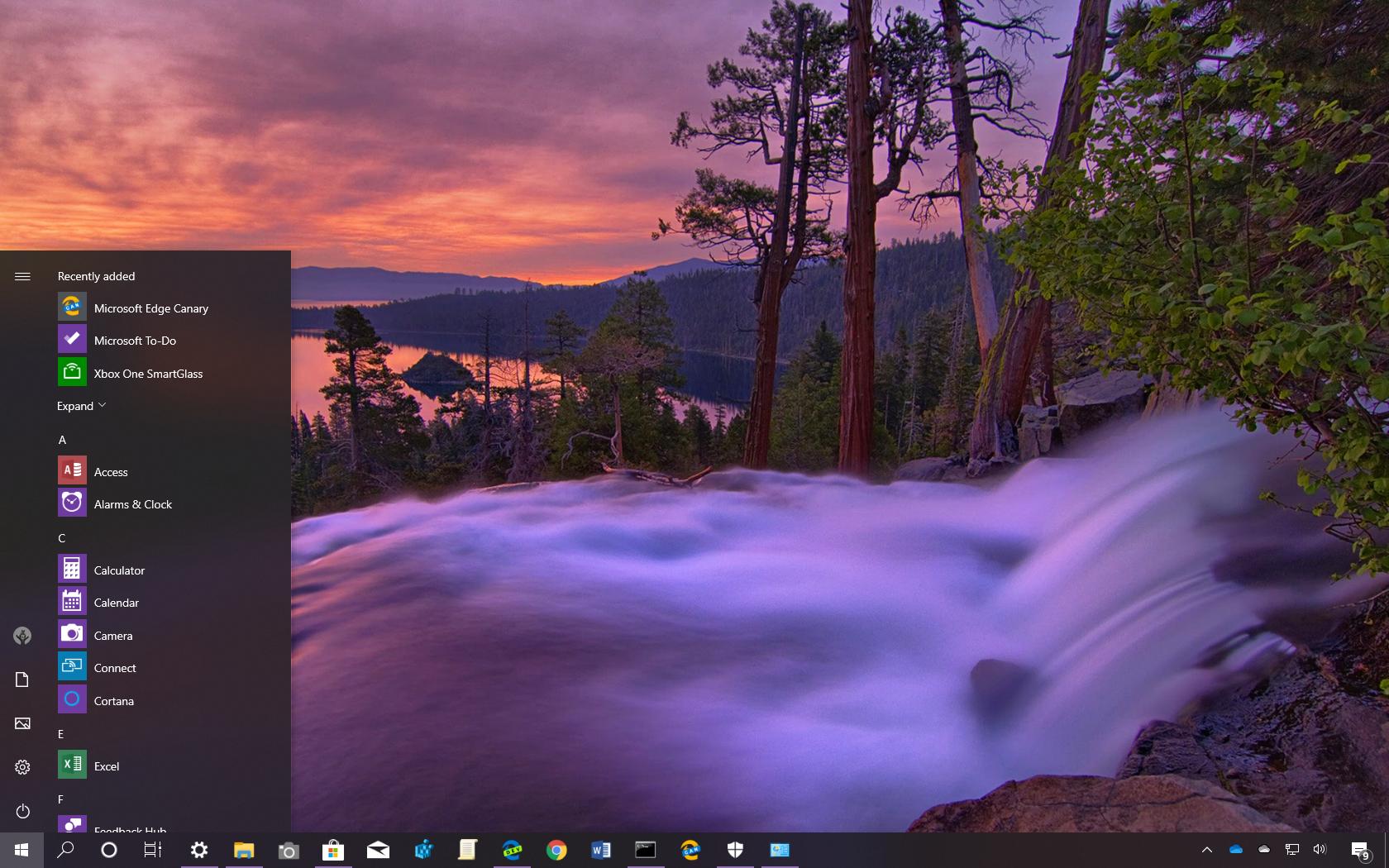

It contains code for PPC, i386, and x86-64. Mac Installer disk image (2.7.0) for OS X 10.5 and later (sig).Windows x86 MSI Installer (2.7.0) (sig).We currently support these formats for download: See these resources for further information: A backport of the memoryview object from 3.x.Float repr improvements backported from 3.x.Automatic numbering of fields in the str.format() method.New unittest features including test skipping, new assert methods, and test.This release contains many of theįeatures that were first released in Python 3.1. Moves into an extended maintenance period. Python 2.7 is scheduled to be the last major version in the 2.x series before it

Python 2.7.0 was released on July 3rd, 2010. Then click "OK" and the changes are complete.Note: A bugfix release, 2.7.16, is currently available. To do this, right click on the "shortcut link" that is used to launch Pymol, click on "Properties" and then, in the "Start In" field, type in the path to the new default data directory. You can launch PyMOL from the applications menu or from the icon on your desktop (if you placed one there).Īlternatively, if you want to change the default directory for data, you can just put the path to the new default directory in the "Start In" field of the "shortcut link" that is used to launch Pymol. pymolrc file in C:\Program Files\DeLano Scientific\PyMOL (or C:\Program Files\PyMOL\PyMOL). For global defaults (all users), you can place a. On Windows, use 'pymolrc', 'pymolrc.py' or 'pymolrc.pym'. Alternatively, you can instead create ".pymolrc.py" which contains actual Python code instead of just PyMOL commands. All you need to do is create ".pymolrc" and place it in your home directory. Whenever PyMol starts, a user-created '~/.pymolrc' file containing commands is run. Together with any Command_Line_Options and arguments (pdb files, pse files, map files and so forth) you require.


 0 kommentar(er)
0 kommentar(er)
